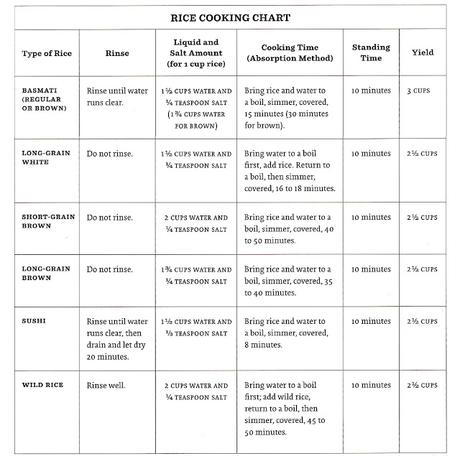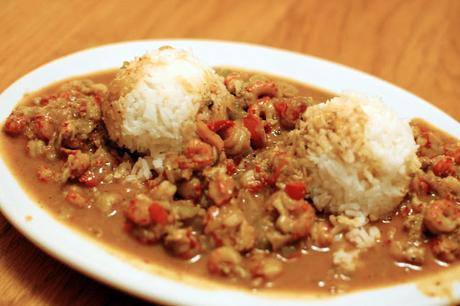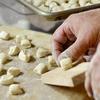- Rinse the rice: While rinsing isn't strictly necessary, it's a good idea to rinse your rice in a strainer to remove any powdery starch on the surface of the rice along with any leftover chaff or debri.
- Use the correct water-to-rice ratio: For most rice, use one cup of rice to two cups of water (1:2 ratio). Plan for a half cup of uncooked rice per person and scale this ratio up or down depending on how much you're making.
- Some rice varieties will need a little less or a little more water as it cooks, so remember to always read the package instructions before cooking. [Chart below shows ideal ratios for rice varieties].

- Boil the water: Rice expands as it cooks, so choose a saucepan large enough to accommodate the water and plumped rice. A 2-quart saucepan for one to two cups of uncooked rice is a good size. Bring the water to boil over medium-high heat.
- Then add the rice: When the water has come to a full boil, stir in the rice along with ½ teaspoon salt and 1 tablespoon of butter or olive oil (optional) per cup of uncooked rice.
- Bring the rice back to a boil: Continue cooking over medium-high heat until the rice comes back to boiling and lower heat to lowest setting.
- Cover and cook: Cover the pot and simmer gently. Don't take off the lid while the rice is cooking to prevent steam from escaping which can affect cooking time and texture.
- Rice is done when tender: Start checking the rice around 18 minutes for white rice and 30 minutes for brown rice. When done, the rice will no longer have a crunch. If there is still water left in the pan when the rice is done, you should tilt the pan to drain it off. The rice may be slightly sticky, but it shouldn't be gummy. Remove from heat and let the rice stand a few minutes, covered to steam just a bit more.
- Fluff the rice: Using a fork or spoon, gently separate cooked grains of rice, and let it sit for a few moments to release excess moisture.
- Serve the rice: This is the fun part! Rice is extremely versatile and is a good match with most meals. Use your imagination.
- Keep leftover rice: Leftovers will keep in the fridge for several days, so you can make extra ahead to serve later or to use in other recipes such as fried rice, rice pudding or add to soup.

Homework: Think about the numerous dishes you regularly eat. Would rice be a healthy accompaniment? Let us know in the comments, what meal(s) you plan to serve with rice.


